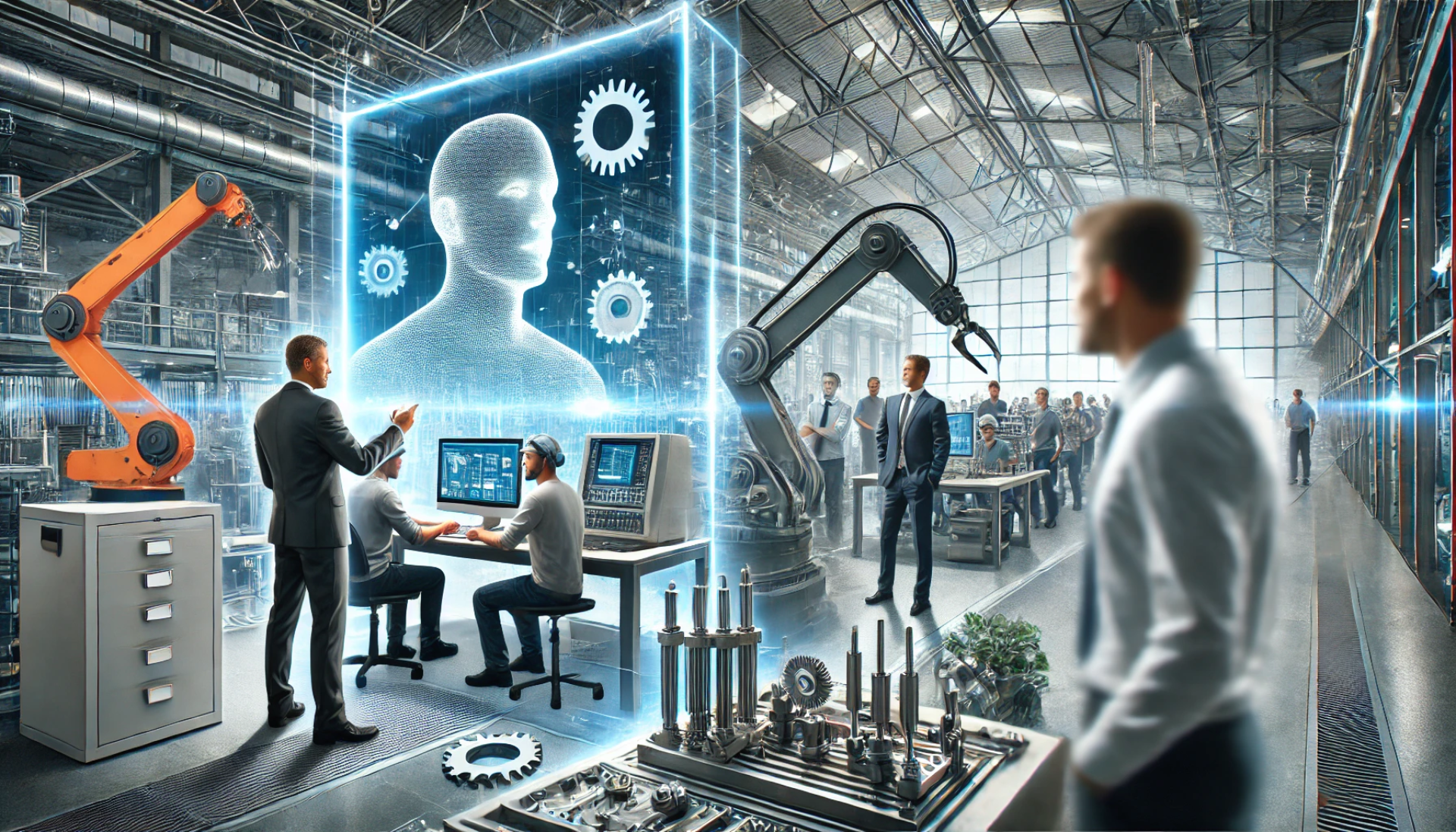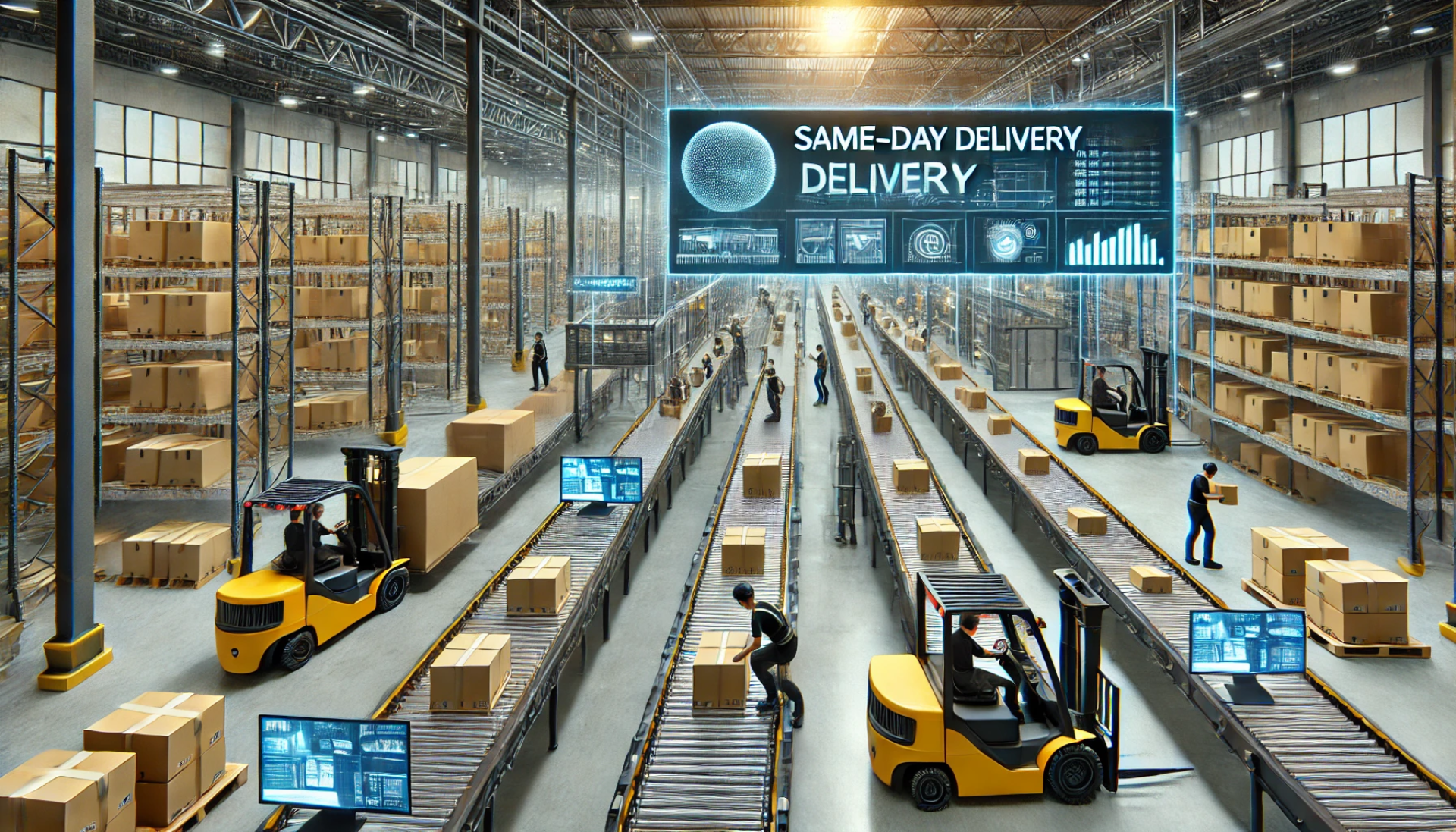Peterborough: 01733 802300
Huntingdon:
01480 718333
The Future of Engineering

Engineering is currently going through a fascinating period of growth and change. With companies continuing to push the boundaries of what we deem possible of technology. This leaves us often asking myself the question ‘what will the future of engineering hold for you?’.
The evolvement of areas such as AI, robotics and IoT have caused much disruption in your industry. It has caused unseen levels of investment into new markets and cascaded an air of uncertainty over others.
Despite the engineering industry being expected to continue to grow, other more traditional areas of engineering could soon be deemed redundant.
So which fields of engineering are the safest for the future of your business?
Software Dvelopers & Engineering
As the number of connected devices continues to grow, and the applications for new technological developments pushes forwards, there are plenty of opportunities for software engineers to build a long and prosperous career.
With Industry 4.0 in full swing, devices are going to begin to communicate with each other on a larger scale, with the ultimate goal for them to be able to make decisions without human interaction – a great challenge for talented engineers wanting to have an impact on the future!
Electrical and Electronics Engineering
The future of renewable energy sources is looming. We have seen Tesla obliterate barriers with electric cars, we have more solar panels and wind turbines before, and Government is stepping up their efforts in enforcing this transition.
This likely means a surge in demand for electronic components to update current infrastructure systems, as well as for products like electric vehicles and a whole host of other electrical products.
As the world continues to become more connected, the need for people who understand electrical engineering can only increase.
Electrical and electronics engineers work to design and develop electrical components and systems for a wide variety of uses such as electric motors and power generation equipment.
They also work in sectors like aerospace and defence, making sure the electronic components on things like satellites, radars systems and communications systems are working properly; so, there’s plenty of opportunities for you.
Data Science
Data scientists have for many years been considered a rarity which large businesses have been fighting to get hold of. Businesses do not want to make rash decisions, and Data Scientists are beginning to make even more contributions to data-centric decision processes.
The future data science can tackle the most business-critical and complex challenges that will help their businesses make revolutionary leaps forward with the use of technologies like big data analytics, cloud computing, and machine learning to analyse datasets, and extract valuable insights for future predictions.
One thing to note is the potential migration away from generalist Data Scientists, to more specific skill sets being required.
Robotics
The “rise of the robots” is an important topic in the future of labour and productivity. We will continue to see industrial robots in warehousing, logistics and manufacturing settings worldwide.
Robots can perform many common work-related tasks previously done only by humans, such as assembling complex electronics and helping with surgery.
Robotics engineers are set to be in significant demand as their field expands and the fourth industrial revolution unfolds. They ought to be experts in:
- Industrial design
- Robot behaviour control
- Social implications of robotics
- Autonomous robots
- Robot applications research
- Mechanical maintenance
- Algorithm creation
There is also significant overlap with computer science, as well as mechanical and electrical engineering.
Artificial Intelligence
Artificial intelligence is no longer a thing of the past, it is no longer something we are only familiar with in films and TV shows, but instead has become a greater part of our everyday lives. From getting your groceries delivered to prompting Alexa to tell you latest news, AI is living with us.
An AI engineer with the help of machine learning techniques such as neural network helps build models to develop AI-based applications. Some of the AI-based applications created by these engineers include language translation, visual identification, and contextual advertising based on sentiment analysis.
Businesses are now realising the impact AI and machine learning can cause on their business. For a business to become fully AI-driven, they must be able to implement AI into their applications. This enables access to the insight required for making better-informed decisions.
Civil Engineering
With the rate of technological advancement, and the global economy created by the rise of e-commerce and online trade, the world will need engineers to build and maintain the necessary infrastructure to support continued growth.
Whether it’s new housing construction schemes, road or rail projects, or the underlying infrastructure present in any modern city; there’s a range of challenges to explore within civil engineering.
As the population continues to grow, the existing infrastructure will come under immense pressure, eventually needing to be repaired or replaced. Couple this with the proposed shift to renewable energy sources, and the number of potential projects for civil engineering seems to be constantly growing.
Biomedical Engineering
Biomedical engineering relies on two factors – people being unwell and technology advancing. Both of these factors are going to continue, meaning constant industry development is almost guaranteed.
As we become more of an ageing population with more active lives, new advances will be needed for devices and operations like knee and hip replacements, as well as for a range of other medical procedures.
Biomedical engineers combine their medical and engineering knowledge to develop new solutions, systems and software that helps advance the medical industry.
With medicine and engineering both being industries that are constantly developing and growing, there’s a seemingly infinite number of advances or developments that could be made in the biomedical field.
Mechanical Engineering
When you consider the huge changes to our global infrastructure that will be needed in the future for our growing population, plus the emergence of new industrial pursuits such as robotics, alternative energies, and nanotechnology. Mechanical engineering is likely to see the biggest rise of any of the engineering specialisms.
Mechanical Engineers are a requirement across most industries giving you a plethora of opportunities to design, build, and test the latest solutions within engineering.
Chemical Engineering
In industries like manufacturing and food production, the need for chemical engineers to maintain or improve production rates or reduce waste, is highly likely to grow.
With developments in nanotechnology, alternative energy, and biotechnology set to continue expanding, there is likely to be a demand for chemical engineers to sit within the sectors that serve these types of businesses.
Their research and findings can help companies improve manufacturing processes, improve safety, and reduce costs.
Environmental Engineering
People are growing more aware of the impact our society is having on the planet, and more and more corporations are working to create sustainable solutions to their business problems. When you combine this with the huge infrastructure changes caused by population growth, the future is certainly looking prosperous for Environmental Engineers.
With more and more people saying they believe the environment is more important than economic growth, now seems like the perfect time to pursue environmental engineering.
As you can see, there are plenty of diverse opportunities across a number of engineering sectors that are likely to grow exponentially over the coming years. While some of these sectors may seem alien, they do reflect the trends emerging across the globe.
While this list shows there are plenty of opportunities that will arise, it’s also worth mentioning how competitive these areas will quickly become. If you want to compete you will want to hire the best talent available, or you could find yourself defeated before you have even begun.
We are truly excited to see what the future holds for the entire engineering industry and will be watching closely to see how the landscape changes over the coming years!
If you’re looking for an engineering specialist recruitment agency to help guide your company through this period of transition and growth, then feel free to get in touch and let us start our journey to the top.










CONTACTS
PHONE
80 PLUS YEARS OF RECRUITMENT SERVICE
Recruit Mint cover temporary, contract and permanent recruitment within a 60-mile radius of Peterborough, with a total of over 80 years’ experience within the recruitment industry, you can be safe in the knowledge that you are truly dealing with industry experts.

QUICK LINKS
Recruit Mint | Registered in England 08091003 | Vat No.
